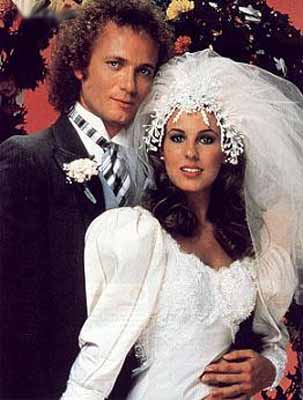
I’ve been testing an HD projector here at the house and, in its initial, out-of-the-box setting we found that the picture was ridiculously “sharp.” The picture, I suppose, looked like an old Dr. Who episode where the action on screen is smoother than the background, creating a jarring disparity when watching movies with lots of movement. It’s sometimes called the “Soap Opera Effect.” We decided to do a little digging to figure out why.
Most film is recorded at 24 frames per second, but your LCD TV probably either displays at 60 fps or 120 hz (hertz is just a measurement of frequency per second). There are three main ways to cope with this.
First is to simply display each frame longer, this is the oldest technique in LCD tech. However, its undesirable side effects include the possibility of motion blur, or of judder. Judder is an artifact of adjusting the framerate and it looks like a sort of stutter in movement that would otherwise be smooth (a slow pan, for instance).
The second technique is one used on Plasmas and CRT TVs. Instead of showing a bright image the whole time, they display the frame, then a short frame of either darkness or a very dimmed picture. This alleviates much of the issue with judder and motion blur as it allows your brain to fill in the gap faster than you can consciously notice. It is also an old technique, and is used in theaters. It provides the traditional cinema feel.
The most recent and advanced technique is motion interpolation. Motion interpolation is a process by which your TV analyzes the current frame, and the next frame, then creates an average. It inserts these averaged frames in between. The result is extremely smooth motion with no motion blur and judder becomes almost non-existent. There are a few technical issues with this, including the possibility of ghosting or artifacts in rare cases. Also the smooth movement this creates is slightly disconcerting.
This extremely smooth motion has earned the name the “Soap Opera Effect,” after the way those shows looked, having been shot on cheaper 30Hz video instead of regular broadcast equipment or film. Although it might be technically superior it is very disconcerting. The movement looks like a digital video, not like film. This problem is exacerbated by the high definition. I’ve seen this happen in standard definition video as well and you essentially see the “moving” objects on a different plane than the background, as if they were cut outs moving on a painted background.
Cinematographers and video experts have had techniques for hiding “telecine” video artifacts for years, but the increase in interpolation frames (from 30 to 60 to 120 or more) has reduced the need for such techniques. Instead, the increased framerate minimizes the video glitches at the cost of looking a bit weird. There are a lot of complaints out there over how 120Hz looks “too smooth” or unrealistic. This is probably mostly due to people just not being used to it and wanting to home films to look like the cinema they are used to. The rub here is simple: HD content looks incredible, on the aggregate, but these interpolation problems pull us out of the uncanny valley and into a strange new way of seeing motion. It isn’t quite what we expect and it upsets us.
Maybe TV makers will solve this problem or maybe we’ll just get used to it. Either way, something you can simply turn interpolation off and get the old, juddery picture you know and love.
With Berkeley Beyers